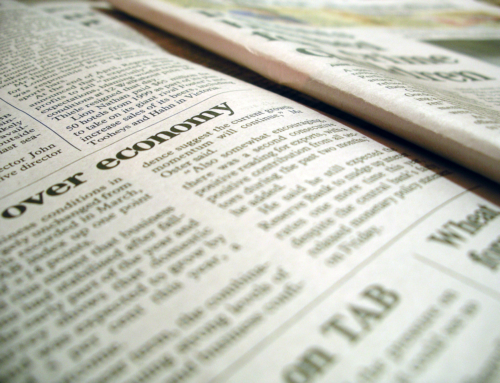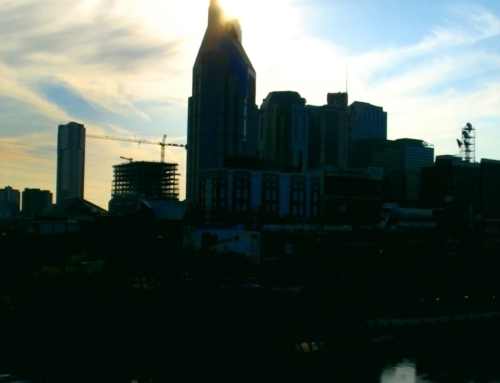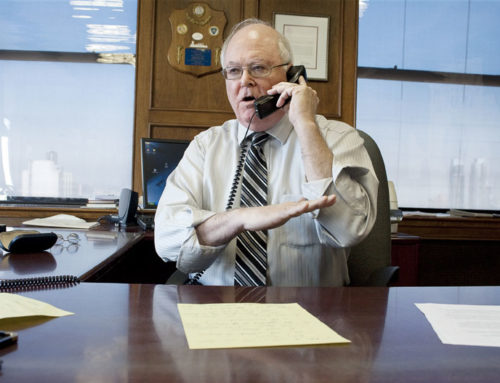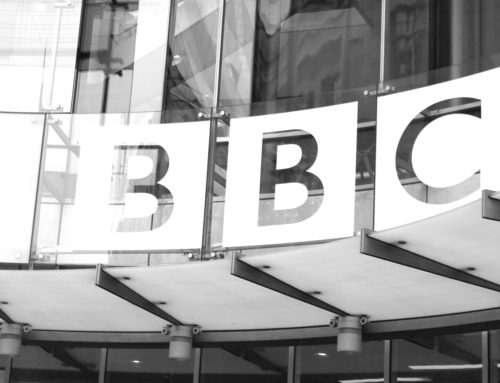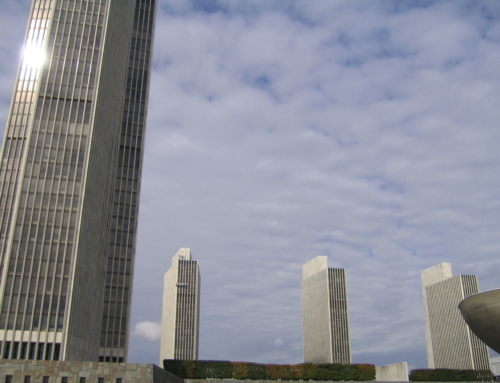This is the article that appeared in the May 2025 edition of Catalyst, our monthly journal. The date that prints out reflects
the day that it was uploaded to our website. For a more accurate date of when the article was first published, check out the news release, here.
The death of Pope Francis on Easter Monday caught many as a surprise, though not as a shock. He definitely rebounded from the time he was hospitalized, but he never regained his normal stature.
Pope Francis was treated far more kindly by the media than his predecessors. That’s because he was seen as a champion of social justice and an ardent foe of inequality. He was also seen as an agent of change.
By contrast, Pope Benedict XVI and Pope John Paul II were traditionalists; they spoke more to the moral issues that plagued the West.
It appeared that the pope would have liked to have made more changes, especially with regard to the Church’s teachings on sexuality. He made that apparent by the appointments he made of cardinals to senior positions. But he also knew his authority was limited by Scripture and tradition.
While Pope Francis was not an admirer of President Trump, stylistically they had much in common. Speaking from the heart, and off-the-cuff, are refreshing attributes, especially among elites, but they can also be a source of trouble. After the pope traveled abroad, he gave interviews on the papal plane that were so blunt that his spokesmen often had to walk back what he said. Trump’s casual style can also be a problem.
In the pope’s waning days, he drew parallels with President Biden. Francis was mentally astute but in failing health; Biden was cognitively challenged. In both cases, it was not clear who was in charge of the store. This is a condition that is rife for mischief.
Attention will now turn to the pope’s successor. Pope Francis appointed most of the cardinals who will make that choice. This suggests that someone closer to his vision of the Church will be chosen. On the other hand, he has chosen men from the hinterland, from far away places where a penchant for orthodoxy, not change, is commonplace. This suggests that the new pope may be more of a traditionalist.
It does seem likely that whoever is chosen will have to bring about more clarity than we have been accustomed to under Pope Francis. Quite frankly, the Holy Father often made pronouncements that fostered confusion. The time has come to promote a more coherent vision; this will require a gentle push of the pendulum back to the middle.
If the cardinals decide to choose someone who is a traditionalist, they can do no better than to look to Africa. It is home to the most brilliant orthodox clergy in the world. If the cardinals want to choose someone more like Francis, they will look to Europe.


